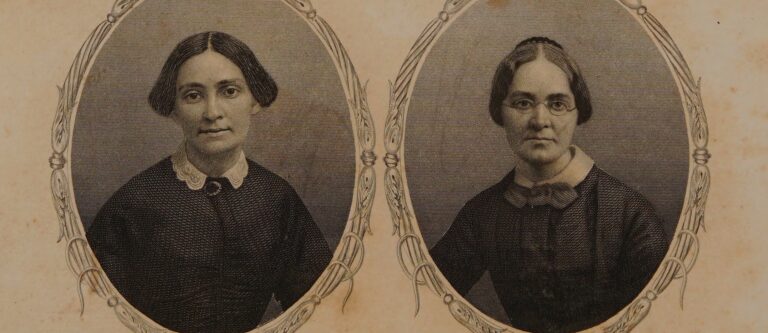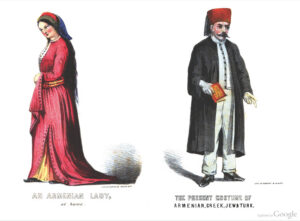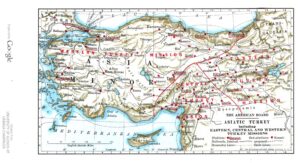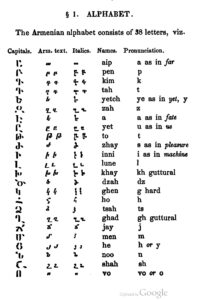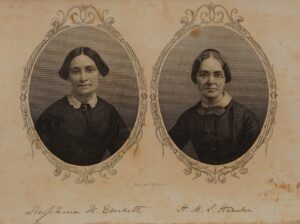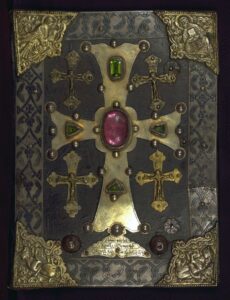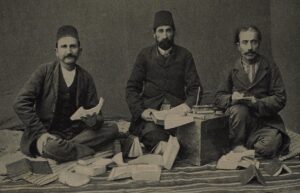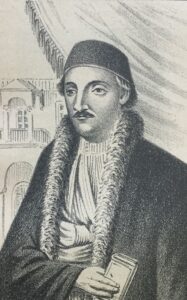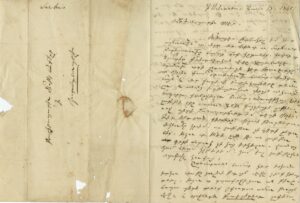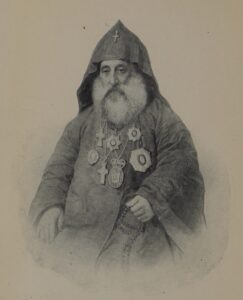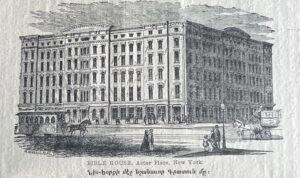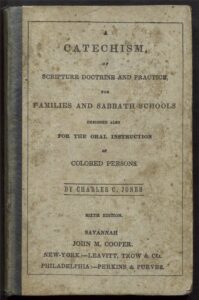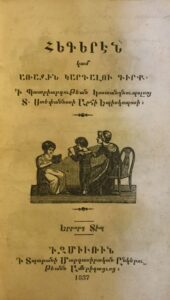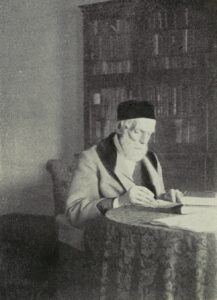Whether they returned home to the United States after only a few years or lived out their lives in the Ottoman Empire, these nineteenth-century American missionaries were rooted in Armenian communities for the extent of their time with the ABCFM. This rootedness was deepened by their facility with the languages of these communities, ones that they had spent years working to master. The process of acquiring these languages and of publishing in them underscores the degree to which these missionaries were reliant on the sympathies and skills of those they had come to convert, complicating the expected power dynamic and revealing the indispensable intellectual labor of Armenians within the early American mission.
Further Reading
John B. Adger, My Life and Times (Richmond: Presbyterian Committee of Publication, 1899).
Emily Conroy-Krutz, Christian Imperialism: Converting the World in the Early American Republic (Ithaca: Cornell University Press, 2015).
Mary Gladding Benjamin, The Missionary Sisters: A Memorial of Mrs. Seraphina Haynes Everett and Mrs. Harriet Martha Hamlin (Boston: American Tract Society, 1860).
William Goodell, The Old and the New; or The Changes of Thirty Years in the East, with Some Allusions to Oriental Customs as Elucidating Scripture (New York: M.W. Dodd Publisher, 1853).
Cyrus Hamlin, My Life and Times (Boston: Congregational Sunday School and Publishing Society, 1893).
H.G.O. Dwight, Christianity in Turkey: A Narrative of the Protestant Reformation in the Armenian Church (London: James Nisbet and Co., 1854).
Elias Riggs, Reminiscences for My Children by Elias Riggs, Missionary of the A.B.C.F.M in Greece and Turkey (n.p., 1891).
Benjamin Schneider, Letters from Asia Minor, Respecting the Greeks and Armenians. (Philadelphia: American Sunday-School Union, 1837).
Eli Smith, Researches of the Rev. E. Smith and Rev. H.G.O. Dwight in Armenia: Including a Journey through Asia Minor, and into Georgia and Persia, with a Visit to the Nestorian and Chaldean Christians of Oormiah and Salmas (Boston: Crocker and Brewster, 1833).
This article originally appeared in October 2022.
Jennifer Manoukian is a doctoral candidate in the Department of Near Eastern Languages and Cultures at the University of California, Los Angeles. Her research explores the social and intellectual history of Armenians in the Ottoman Empire.
